Imagination in Architecture is an essay competition organized by artuminate in association with archiol, this competition received 72 entries from around the world.
Competition Jury:
• Daniele Longobardi
• Maanasi Hattangadi
• Nicole Cullinan
First Prize Winner_4R’s: The Amelioration of Imagination
Imagination is the ability to form new ideas, images, or concepts of external objects that are not perceived by the senses. It is an umbrella term for thinking and creativity. The large domain of imagination covers a range from the vaguest ideas (e.g., cube) to the firmest manifestations (e.g., juxtaposition and interplay of a large number of cubes) of forms, shapes, etc.
“In a society that celebrates the inessential, architecture can put up a resistance, counteract the waste of forms and meanings and speak its language.”
-Ar. Peter Zumthor (Prominent Swiss Architect)
Imagination is an essential phenomenon for Architects. The imagery visualized by Architects ignites the subsequent design process. Throughout the design process, Imagination is a key factor to understand the Architect’s intent and the experience behind it. The experiential quality is influenced by the process of imagination to a greater extent. The fragment of imagination at various stages enables Architects to decide what kind of space and environment is best for the user.
Check out the entire essay on www.archiol.com
Jury Comments:
“Remarkable approach to the subject of the contest, innovative, practical, direct. Associate thoughtful imagination with concrete realization.
The only drawback is the excessive citations present in such a short essay.”
– Daniele Longobardi
“In a rationale that examines imagination as a phenomenon, the author chooses an interesting approach for the essay. Within the framework of a single project, one understands the Intersectionality of imagination and the architectural process. It relegates the imagination as an alignment to 4Rs. However, there is a very thin fine threshold between ‘visualisation’ in a design process and that of ‘imagination’. That threshold is often crossed over in this essay and thus, highlighting its limitations. The essayist could have been more stringent in choosing the example that is projected. The graphics are more to do with the project, than the process itself. “
-Maanasi Hattangadi
“Ameliorisation of imagination investigates both the experiential and functional elements of process in the architectural practice.”
-Nicole Cullinan
Vardhan Arora & Pooja Tambe (India)
Second Prize Winner_ Eschewing The Monotony of Design : Architecture with Imagination
Humans don’t live in boxes, but why don’t they?Why do architects create structures with a variety of mass compositions? Why are some structures designed to be higher, more visible, lighter, or even darker? Natural landscapes inspired different creative genres in the past. However, we can’t just drive down the road and see buildings shaped like chickens, cows, and trees. So, how did a blue whale become a majestic building as Yale Whale? What was the source of the transformation? Imagination is the key.
The term “imagination” comes from the word “image” and the verb “imagine” (image), which meaning “to imagine.” In this context, imagination refers to the ability to conceive or create images based on reality or personal experience. Meanwhile, The Concise Oxford Dictionary of Literary Terms defines imagination as “the ability of the mind to construct various representations in the shape of objects, conditions, or activities that have not been sensed or experienced through the sensory process.” As a result, imagination is a creative capture and the power of expression (interpretation) of reality and life experience, allowing for interpretation and subsequent study of something different or totally new.
Check out the entire essay on www.archiol.com
Jury Comments:
“The essay, ranging over several topics, tells a useful point of view which nevertheless remains so, provides few stimuli and adds little to the knowledge and curiosity of the reader.”
– Daniele Longobardi
“With a single premise, the author proceeds progressively to explain the role that imagination plays as a variation resource in design – almost as a fundamental. They borrow examples of many buildings to strengthen the narrative and discussion frame. The writing is lucid and follows a comprehensive structure. Although the essay emphasises the viewpoint of the author in first person, it does not deter the reading flow. To make the reading stronger, the author could have chosen to highlight more process-oriented examples such as the Carlo Scarpa one rather than as an opinion on the aesthetic of finished buildings. Also, more research on ‘imagination’ as an idea would have enriched the essay. The image of Scarpa’s sketch should have been credited.”
-Maanasi Hattangadi
“A thoughtful visualisation of the intersection between idea and image.”
-Nicole Cullinan
Grace Angelica Nadapdap & Lana Safrila Sheren Ferandita (Indonesia)
Third Prize Winner_An Idea of Imagination in Architecture
Architecture is the mother of all arts, and an idea of imagination is the most basic toolfor its creation. It is a fusion of art, materials and technology expressing the ambition of the man’s vision and the intended function of the building. For humans, change is the only constant and thus requires creative imagination from different architects to design buildings that break the monotony yet maintain the character of the place. Through the architect’s imagination, a diverse cultural identity of a nation-state is seen. The Primary design elements for architectural imagination are design philosophy, form, colour, texture, and design fabric. The design output is a careful integration of all these elements. For a successful imaginative process, an architect needs a balance of all these elements and strives to build consensus towards a comprehensive design solution. The imagination process starts with working on drawing board followed by site analysis and design requirements framed by an architect and the client. An architect needs to imagine scale and proportion of the building for a desirable output that is pleasing to the eyes. Thus, it will be interesting to understand the process of imagination discussed in this essay.
Check out the entire essay on www.archiol.com
Jury Comments:
“There is a solid analysis, a wise point of view, but not an ideational / creative proposal useful to bring in the practical aspect what has been widely declaimed.”
– Daniele Longobardi
“The author sets the introduction on a strong note – about ‘a diverse cultural identity of a nation-state’. However, the narration then delves into the process of the making and thinking of a building. Each stage is explained well with examples as the author feels relevant. However, there seems to be a lost opportunity to connect it back to a unique vantage point and the reader struggles to find the role of ‘imagination’ within this comprehension. By choosing to dwell on measurable considerations of form, colour, aesthetic perception, climate and comparing it to imagination, the author takes away those intangibles that contribute to the process. “
-Maanasi Hattangadi
“An exploration of the junction between architecture and the arts.”
-Nicole Cullinan
Ashish Kelkar (India)


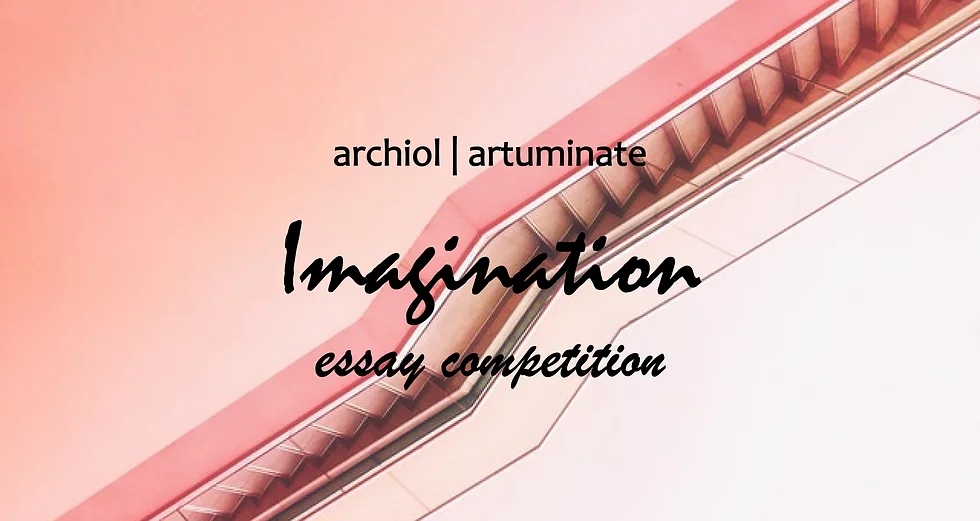
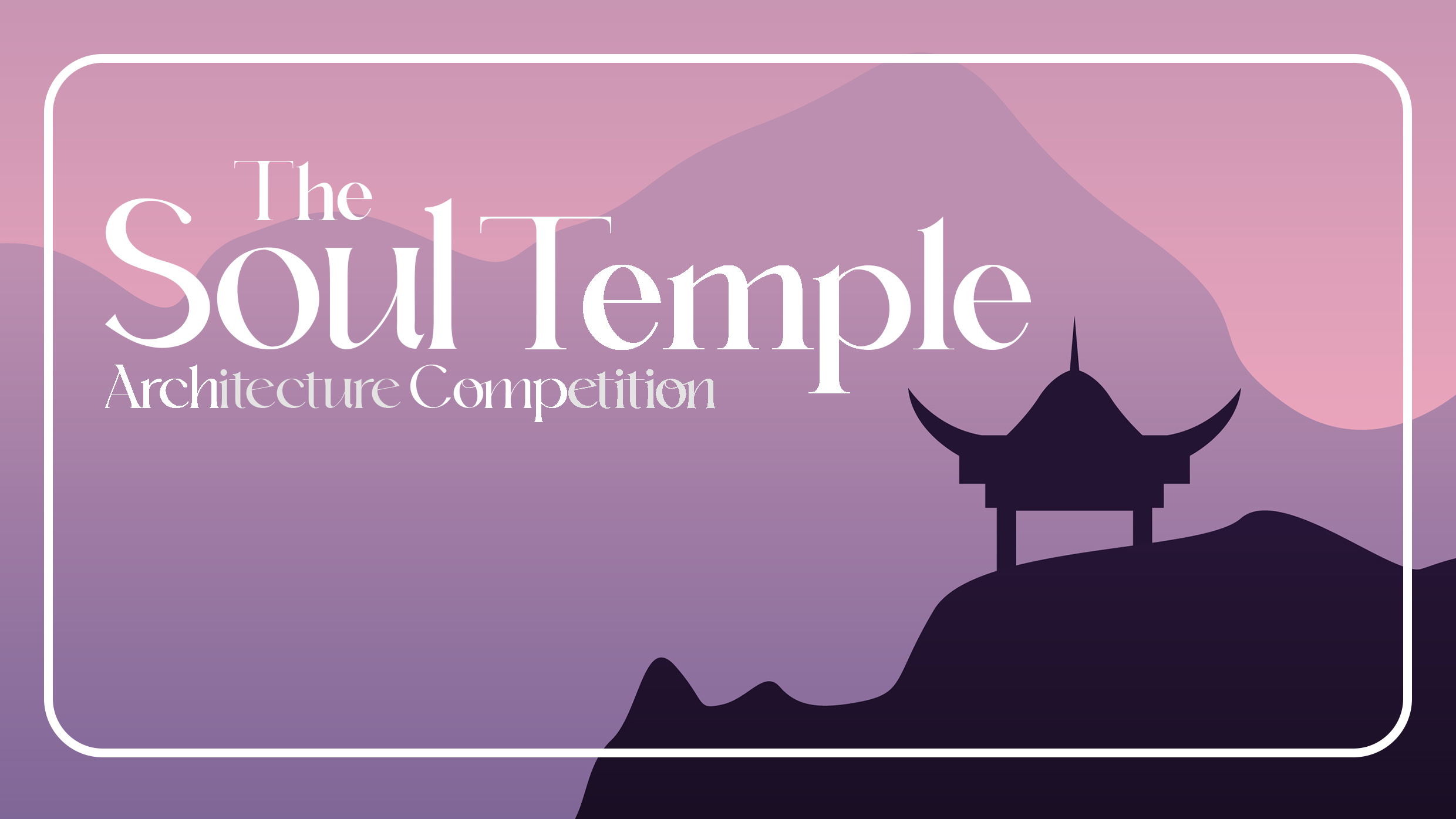
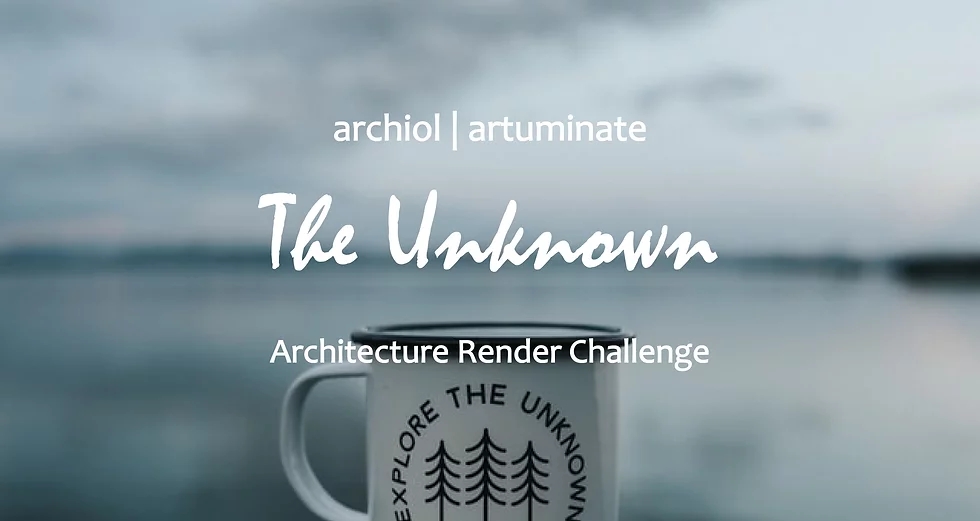
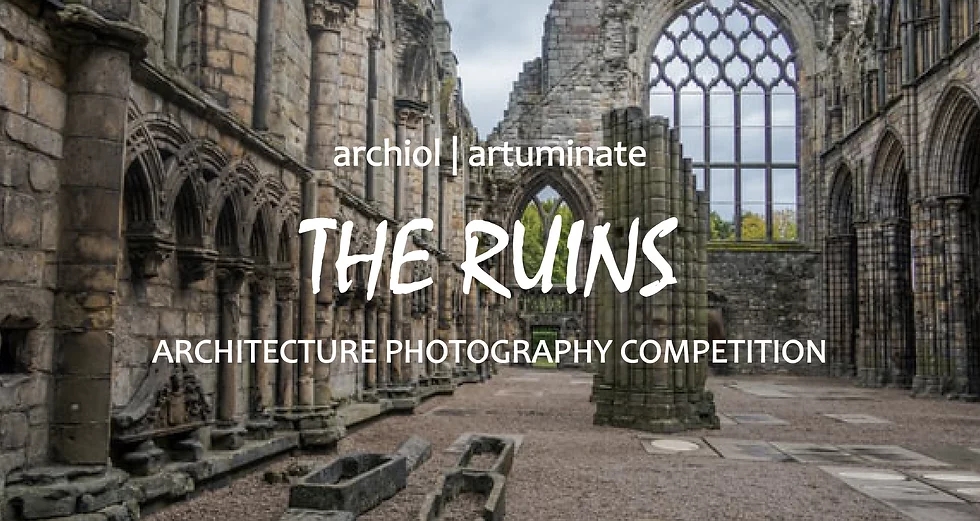
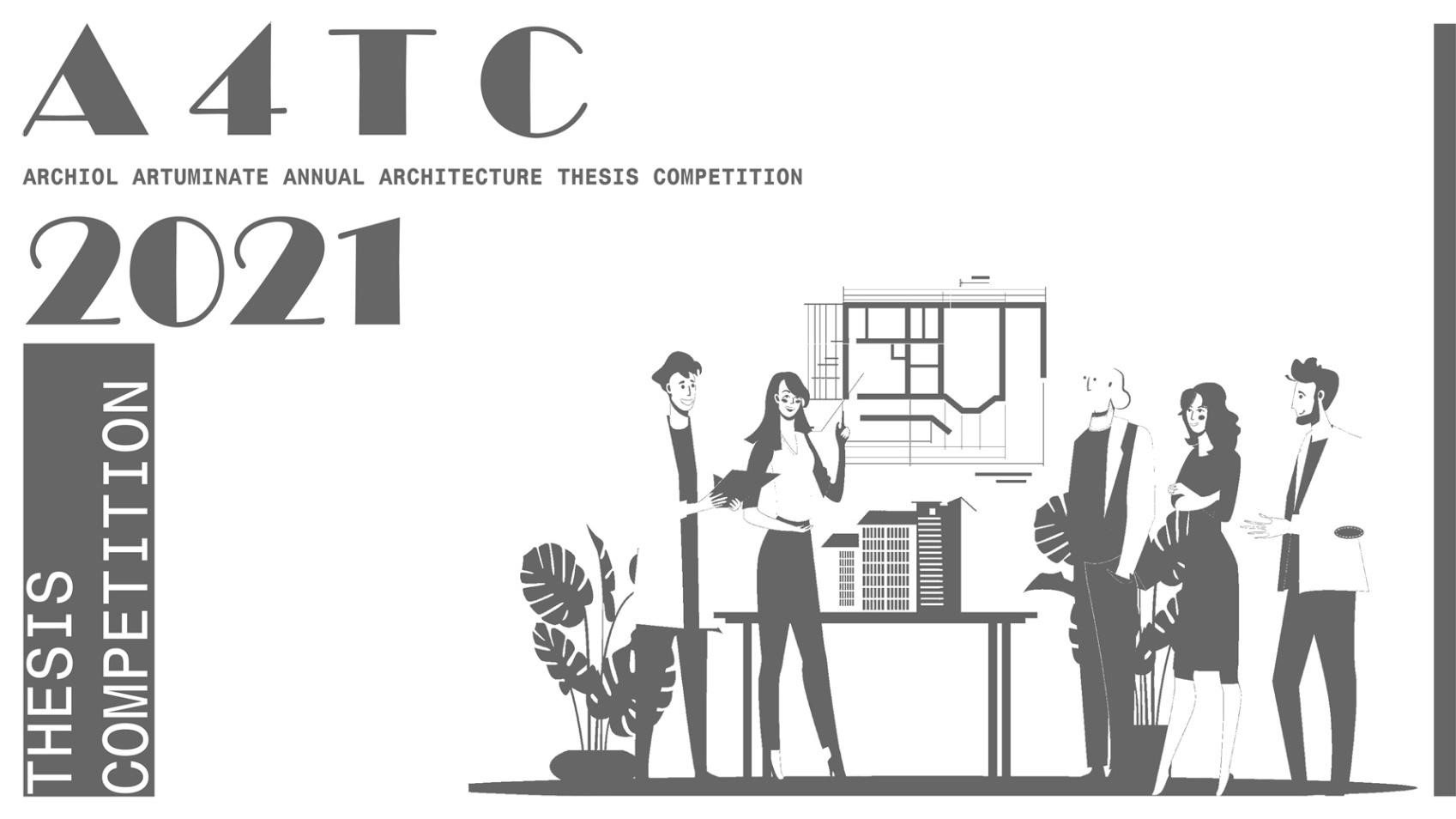
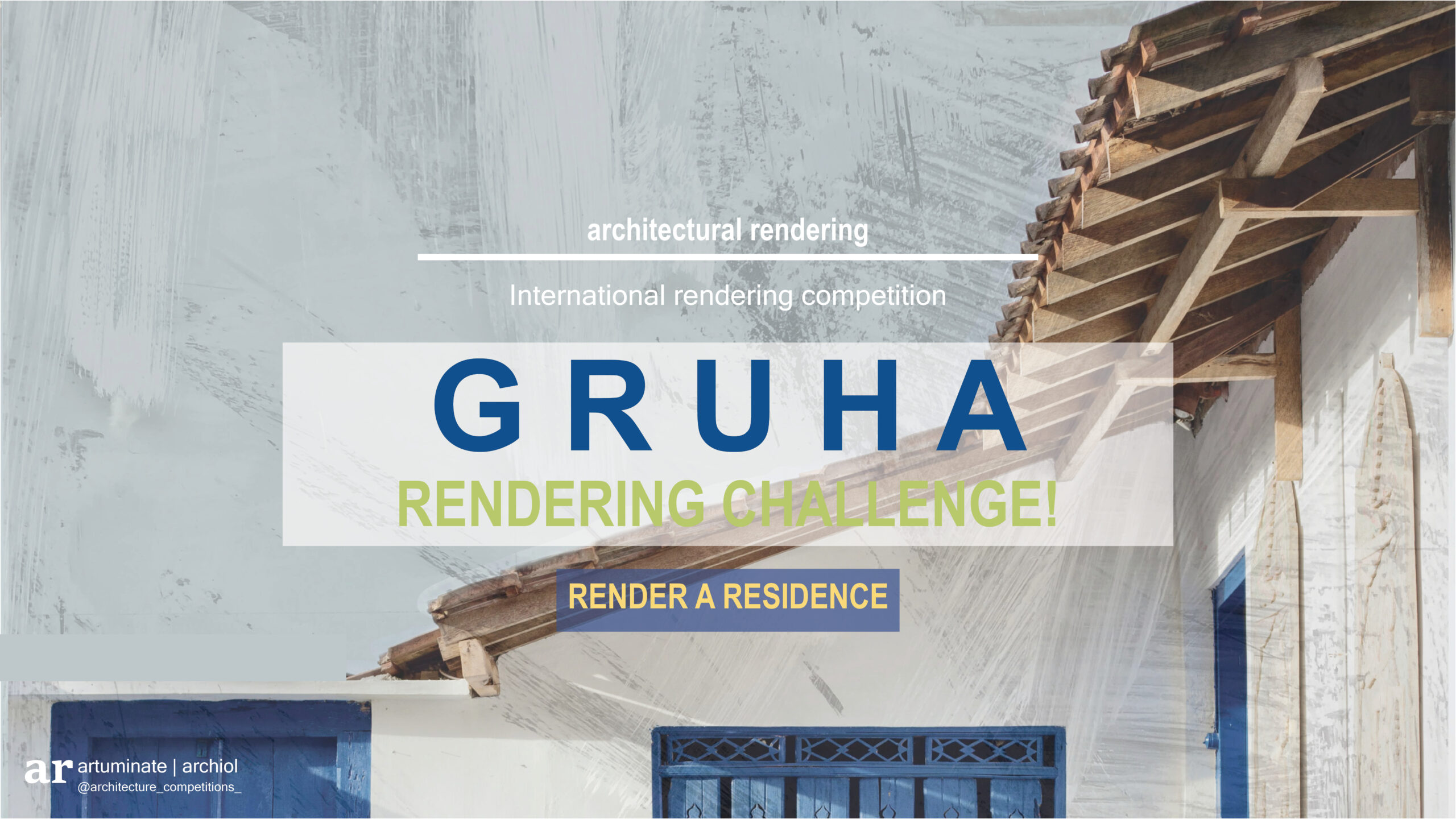
评论